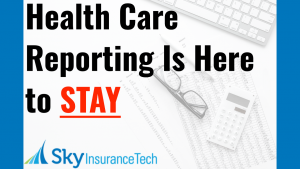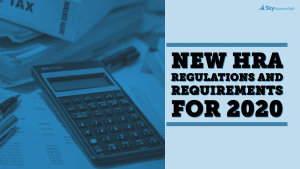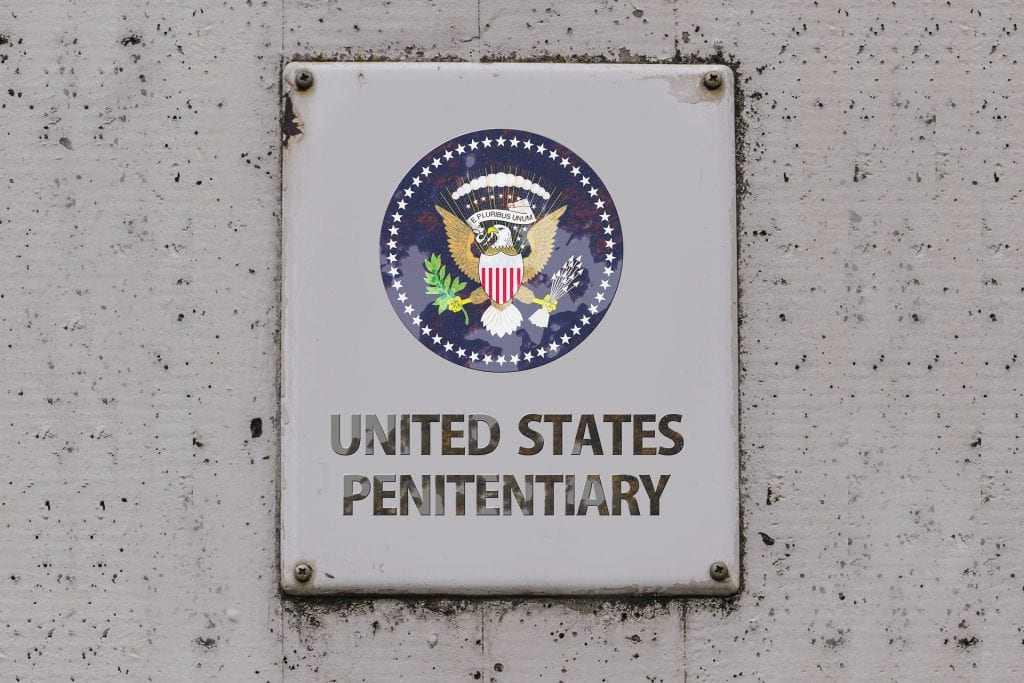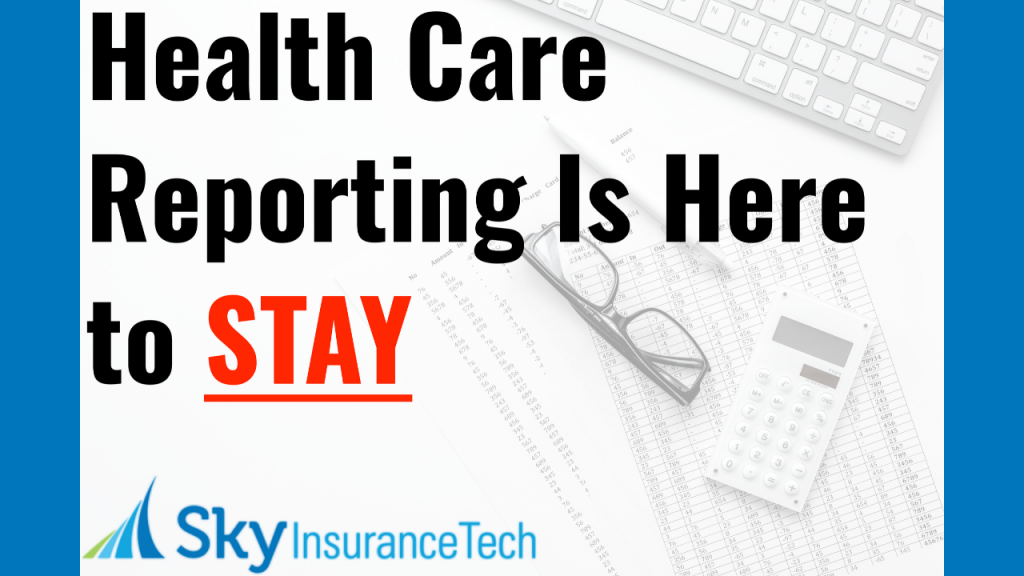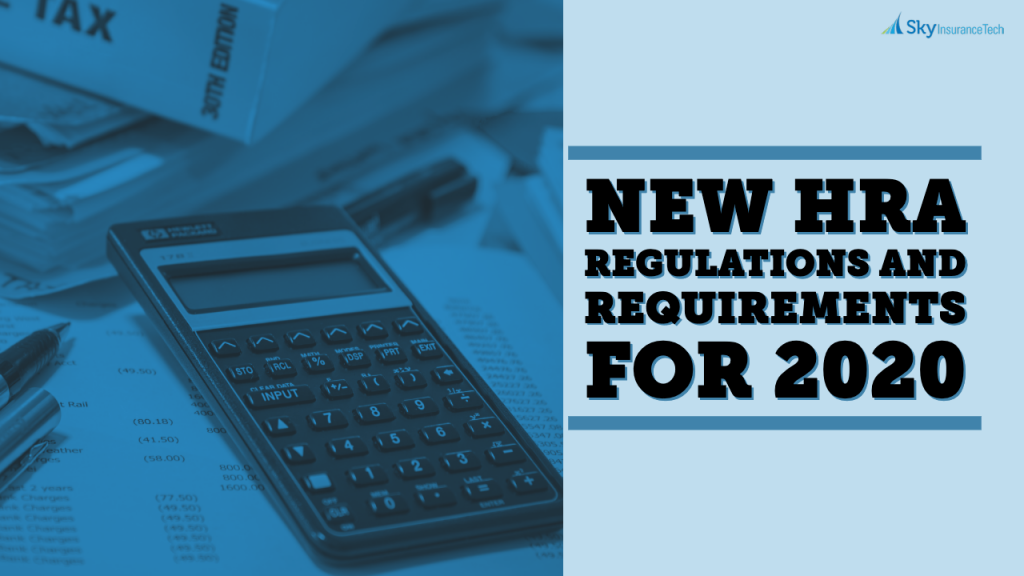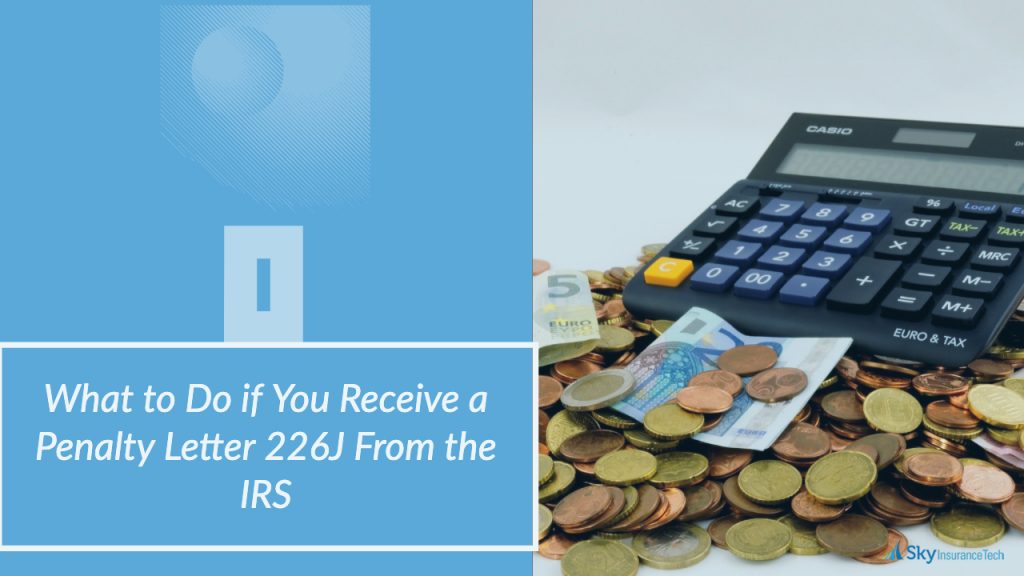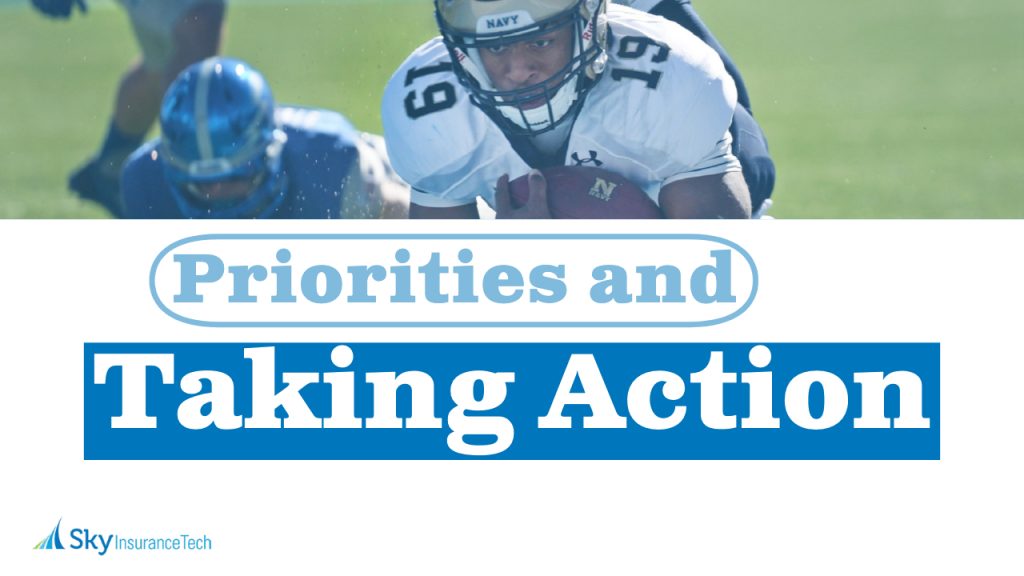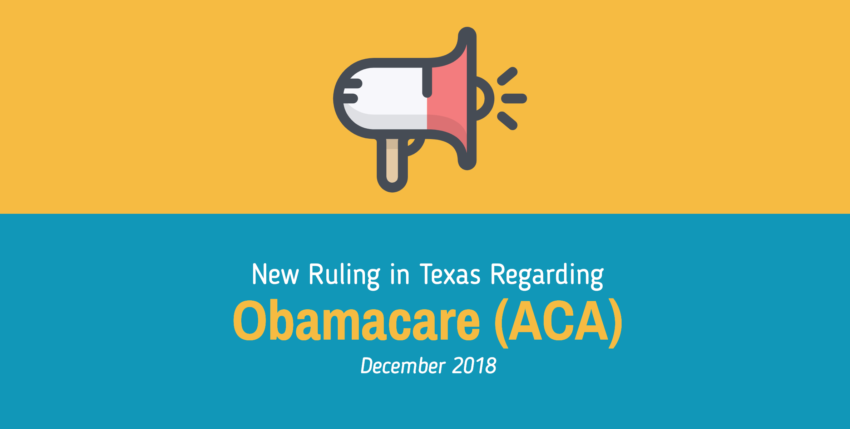
Line By Line Breakdown For ACA Codes
Each year Applicable Large Employers (employers with more than 50 full-time employees) must furnish and file forms 1094-C and 1095C to the IRS and their employees. These forms are used to show offers of health insurance coverage to applicable employees. Many employers get confused as to what the set of codes mean on the forms, so we’ve broken them down below for your convenience. It is important to note that the forms are all about the offer of coverage made to the employee for compliant, employee only coverage, not what the employee actually paid. Many employers get this confused when employees opt into higher tier plans or plans that also cover the employees’ dependents.
There are three lines of codes on the 1095C form to understand.
Line 14: The line 14 codes are based on what the Employer did that particular month.
1A: This code is called the Qualifying Offer Method and is used when the employer offered Minimum Essential Coverage that also provided Minimum Value and was affordable based on the Federal Poverty Line Safe Harbor.
1B: Code 1B represents that the Employer offered both Minimum Essential Coverage providing Minimum Value, but this was only offered to the employees and not their dependents
1C: Code 1C means the employer offered Minimum Essential Coverage providing Minimum Value to the employee and their children, but not spouses.
1D: Code 1D indicates that Minimum Essential Coverage providing Minimum Value was offered to the employees and their spouses, and not their children
1E: This code tells the IRS that the organization offered Minimum Essential Coverage providing Minimum Value to the employee, their dependents, and their spouse. The difference between code 1A and 1E is that you can only use code 1A when your health plan is considered affordable based on the federal poverty line safe harbor.
1F: Code 1F indicates that the employer offered a plan that included Minimum Essential Coverage that did not provide Minimum Value.
1G: Code 1G tells the IRS that coverage was offered to an employee on a self-insured plan that was not considered full time.
1H: Code 1H indicates that no offer of coverage was made to the employee, or an offer was made without providing Minimum Essential Coverage.
Line 15 is surprisingly one of the most common lines that employers get confused. Line 15 is the amount the employee would have paid had that enrolled in employee only coverage. Many employers think what the employee paid goes on line 15, but that is not the case. If the employee enrolled in a family plan, or a plan that covered dependents, you do not have to report their portion of that plan. Only what they could have paid on an employee-only plan.
Line 16 contains the 2-series codes, which are generally what happened to the employee that particular month.
2A: Code 2A simply means that the employee was not employed that particular month.
2B: This code means the employee was not full-time, or not a full-time employee every day of that month.
2C: Code 2C means the employee enrolled in coverage regardless of whether or not the coverage was AA compliant.
2D: This code indicates the employee is in a “Limited Non-assessment Period” or “waiting period”, and their full-time/part-time status has not yet been determined.
2E: Code 2E means the employee was unionized and has an established multi-employer plan.
2F: This code is the first of the safe harbors. Code 2F is the W-2 safe harbor, which is used to determine affordability for the employee.
2G: Code 2G is the Federal Poverty Line Safe Harbor, used to show a plan was affordable.
2H: This is the Rate of Pay safe harbor when proving the plan was affordable.
Employers should be sure to have a knowledgeable solution to correctly code their 1095C forms.


